News
For youth experiencing homelessness in southeast Ohio, a helping hand changes lives
By: Theo Peck-Suzuki | Report for America
Posted on:
MCARTHUR, Ohio (WOUB/Report for America) — Both times Christian Bednarz’s mother kicked him out of the house, it was over a car.
The first time, the car in question belonged to his grandfather. Bednarz said he was trying to fix it and believed he could. His efforts triggered an argument which ended in Bednarz going to live with his father. It was 2018 and he was 18 years old.
Bednarz’s father died early this year. At that point, Bednarz — who suffers from nerve damage and memory loss as a result of a car accident — went back to live with his mom and stepdad.
Not long after, he decided to buy his own car so he could visit his then-girlfriend. This prompted an intense argument and Bednarz was again told to leave.
“They just thought I was trying to be rebellious, and I’m like, ‘No, I’m trying to explain to you, I’m growing up,’” Bednarz said.
The number of people facing homelessness overall in southeast Ohio is growing amid an ongoing affordable housing crisis. Within that population, youth under age 24 face particular challenges. At a time of life when their peers are undergoing the transformation to adulthood, unhoused youth are struggling to meet their basic needs. Important developmental goals — building healthy adult relationships, getting a job, attaining higher education — fall by the wayside, with potentially disastrous long-term consequences.
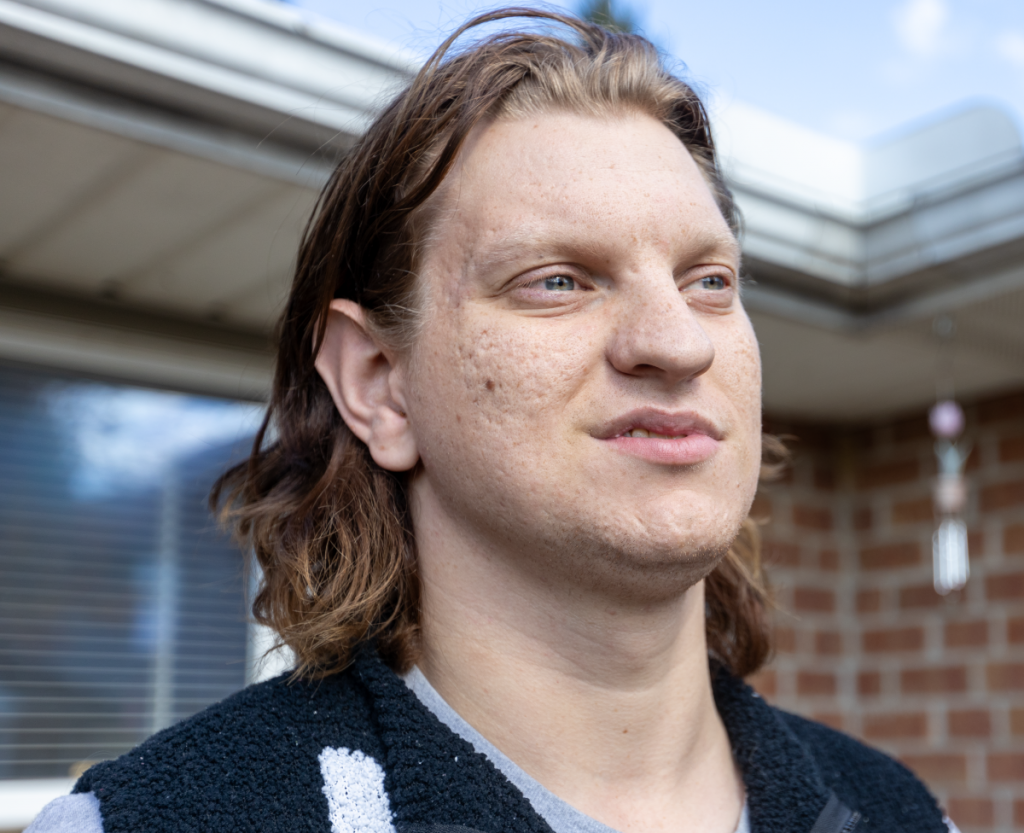
He found a friend who was willing to let him sleep on her couch. As it turned out, this friend had herself been homeless for a time and had stayed at a shelter in Wellston run by an organization called Sojourners Care Network.
The friend suggested Bednarz reach out. Among other things, Sojourners could offer him a place to stay and help him learn how to take care of himself.
Bednarz took her advice.
Asset building
Sojourners was founded in 1999 by two brothers, Rich and Marcus Games. Its early mission was to help young people experiencing crisis in southeast Ohio, but its vision has expanded significantly over the years.
“We soon realized that we couldn’t just be responding to crises, that we needed to figure out what was causing (them). We needed to look upstream, so to speak,” Rich Games said. “And so we adopted an asset-based development approach … which really says, ‘Hey, the first thing we need to do is stop looking at deficiencies in youth. We need to start with assets.”
The idea, Games explained, is that the more assets young people build, the less likely they are to develop “problem behaviors.” Much of Sojourners’ programming is built around either helping youth develop those assets directly or connecting them with other services, such as mental health counseling.
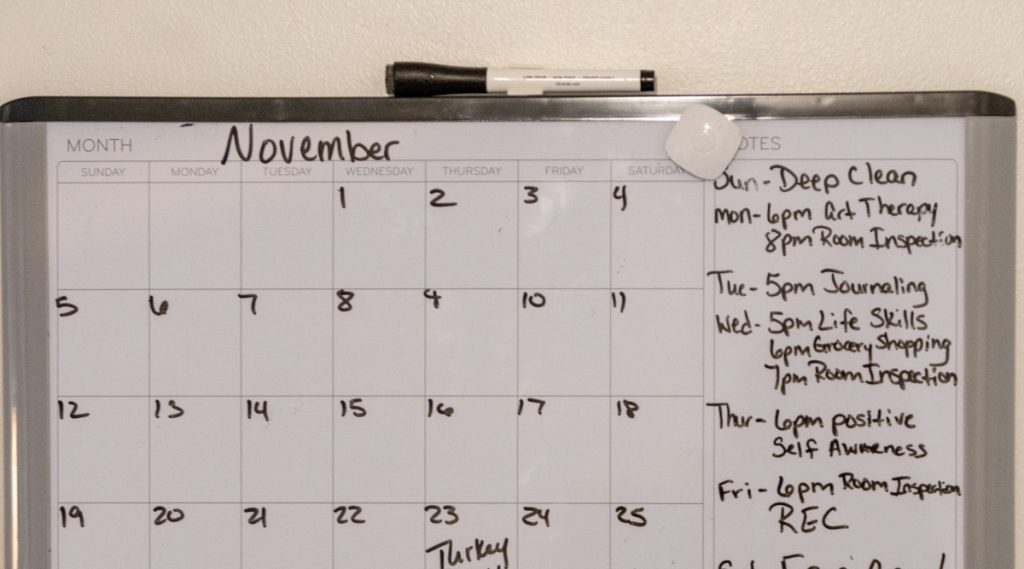
“Lo and behold, I’m manager now. Something four years ago, or maybe even a year ago, I wouldn’t have thought would’ve happened,” Bednarz said. “I just, I didn’t have the composure to be able to do it (before).”
Bednarz attributes this change to Sojourners. He said the organization gave him a set of life skills he never had the chance to acquire growing up. His parents did everything for him, Bednarz said, and discouraged him when he tried to help.
Sojourners also connected Bednarz with Integrated Services for Behavioral Health, which helped him locate an affordable apartment in Wellston. The timing was good: Bednarz was on the verge of aging out of Sojourners and needed a place of his own.
Such units are increasingly hard to find in the region, as housing stock dwindles and the cost of new construction rises.
Today, Bednarz is settling into his new apartment and planning his next steps: either going to trade school or joining the Air Force.
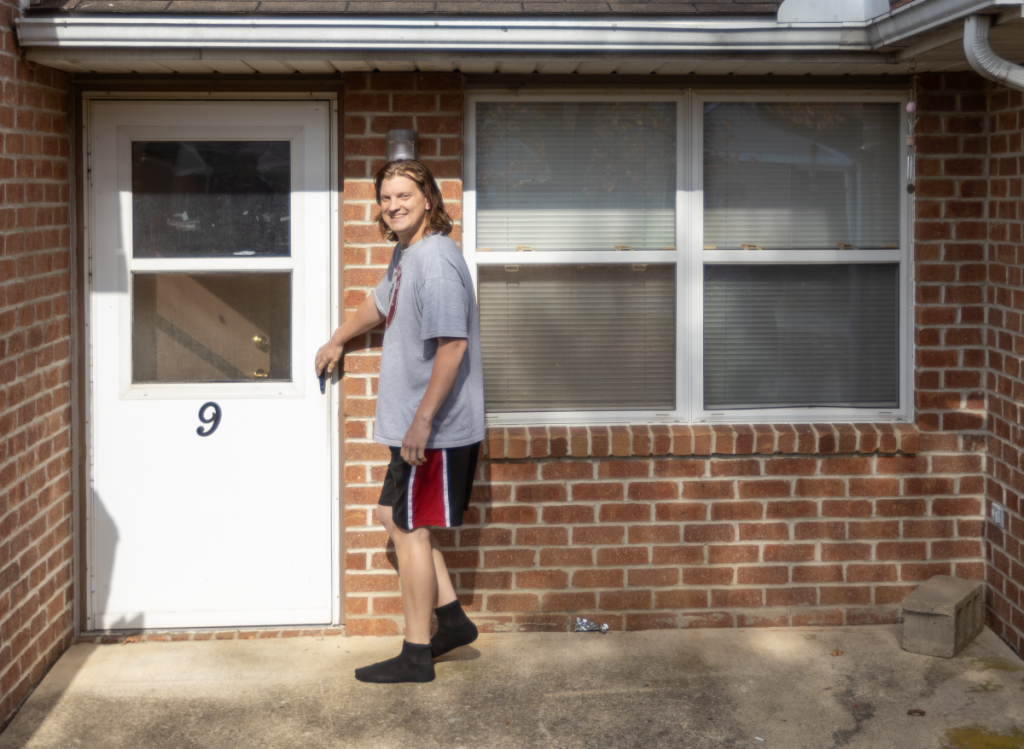
Youth experiencing homelessness are a high-risk population
Youth between the ages of 18 and 24 who experience homelessness find themselves in a perilous position.
On the one hand, they are still developing in ways that demand heightened care and attention. This includes both physical and psychological changes, as well as new social expectations around becoming an adult.
“Your brain is still developing until you’re 24,” said Amanda Wilson of the Coalition on Homelessness and Housing in Ohio. “We have young people who have different types of support and skills they need around … healthy relationships, employment, education goals.”
These are all things young people are typically expected to figure out during early adulthood. Homelessness makes that almost impossible.
At the same time, the risk of homelessness becomes significantly worse once someone turns 18. That’s because as adults, young people lose access to services specifically put in place for minors, including housing through foster care.
“When teenagers get a little bit older and more independent, that is when we can lose them if we’re not careful,” Wilson said.
Wilson also noted that youth who experience homelessness earlier in life are at high risk of experiencing it again later.
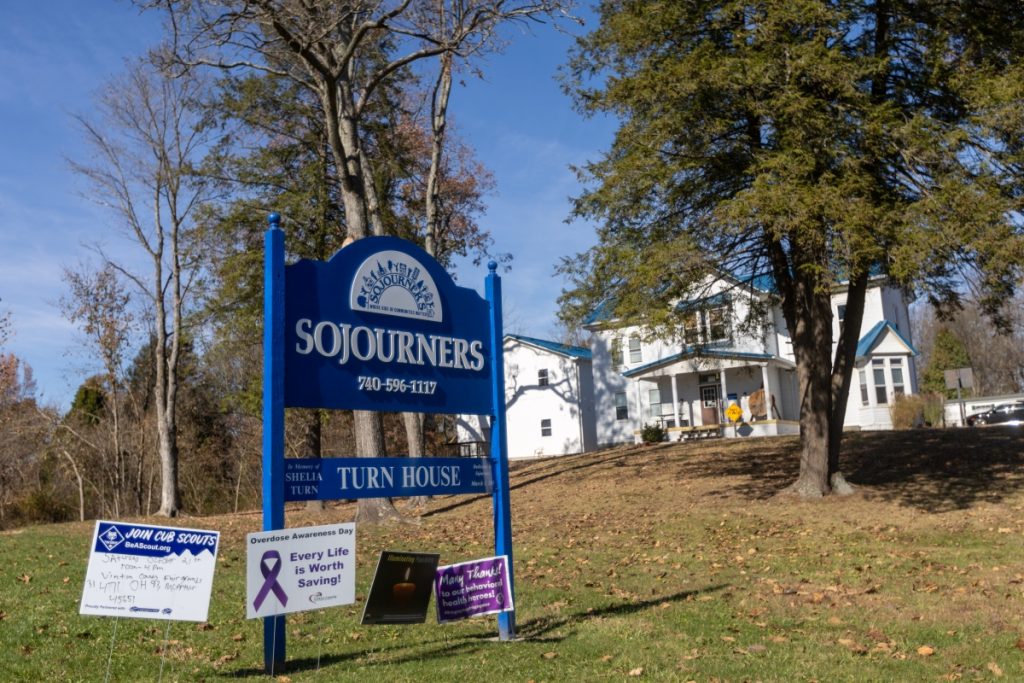
Youth experiencing homelessness slip through the cracks
The prevalence of youth aging out of foster care and becoming homeless prompted the state of Ohio to launch the Bridges program in 2018. Run through the Ohio Department of Job and Family Services, Bridges provides support statewide to young adults who have exited foster care. However, Bridges is not available to those 21 or older or who did not age out of the foster system. Someone like Christian Bednarz would not be eligible.
Southeast Ohio Legal Services attorney Baylee Butler has provided legal assistance to many youth experiencing homlessness in the region. Much of her early experience involved helping young people push the Bridges program to provide further services. In the course of that work, Butler discovered a population in desperate need of legal resources for a range of issues.
“I really found that there was a lot of youth who were just kind of slipping through the cracks of the law,” Butler said.
Butler recounted one story of a young man who wanted to join the military after graduating high school in the hopes of bettering his life circumstances. He couldn’t because of a domestic violence charge he incurred as a minor.
“It was a situation where he was defending himself from a family member who was attacking him, and of course, cops were called, they both got domestic violence charges,” Butler said.
Butler helped the youth get an expungement, but the military refused the application again, having now put on its own records that the young man had a domestic violence charge. Ultimately, Butler had to ask an elected official to intercede with the military on the young man’s behalf before he could finally enlist.
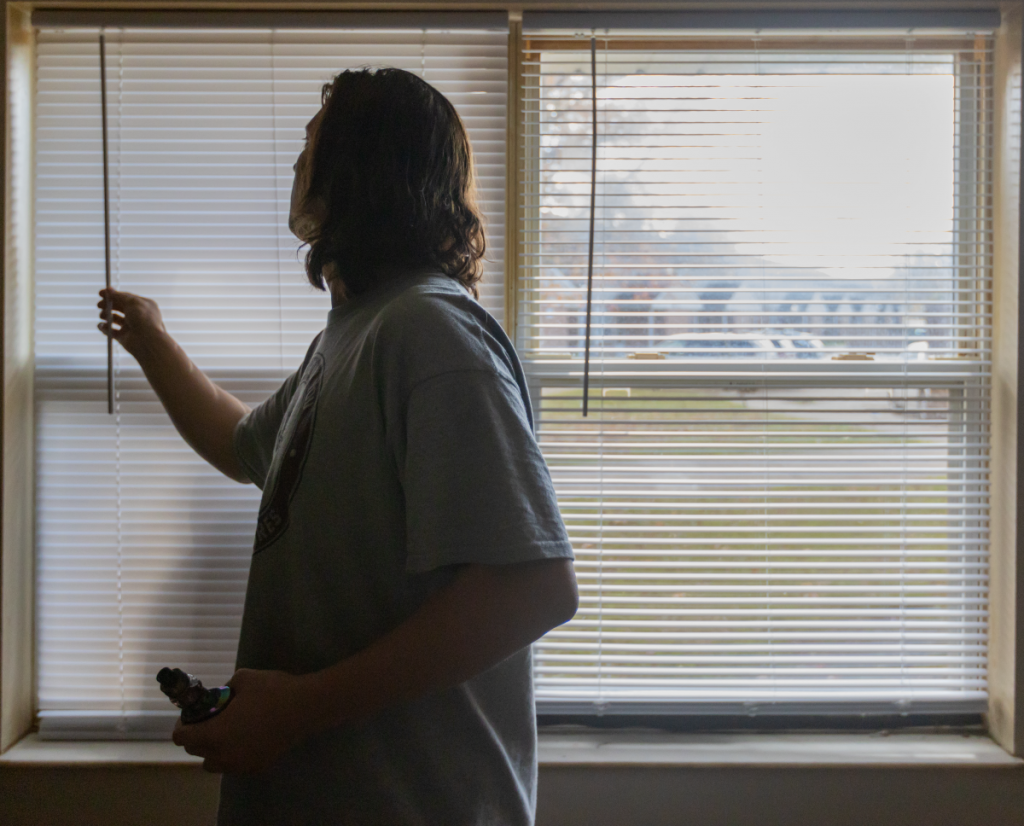
“So you have young people being trafficked by family members for money, for housing, for food,” Wilson explained.
It’s unclear exactly how many individuals in southeast Ohio experience trafficking or are otherwise homeless. Both Butler and Wilson said many people avoid involvement with official systems, either due to bad experiences of their own or after hearing stories from others. That makes it virtually impossible to get an accurate count.
Nevertheless, multiple organizations that work with unhoused populations say demand on their services has increased dramatically in the last few years.
Wilson said the best way to help unhoused youth on a broad scale is to increase housing availability and produce more youth-dedicated programming.
“Young people, especially young people experiencing homelessness, they can smell bull**** a mile away. So like, you’re not gonna get in there and help a young person stabilize their situation without building relationships,” Wilson said.
New opportunities
For roughly two years, 20-year-old Chris Goheen was the sole breadwinner for himself and his parents.
“They were having an issue holding down a job, so I have to provide for both of them, along with food and other utilities,” Goheen said.
The family lived in a trailer park in McArthur. Goheen worked at a nearby restaurant, which paid him just enough to afford the $275 monthly rent.
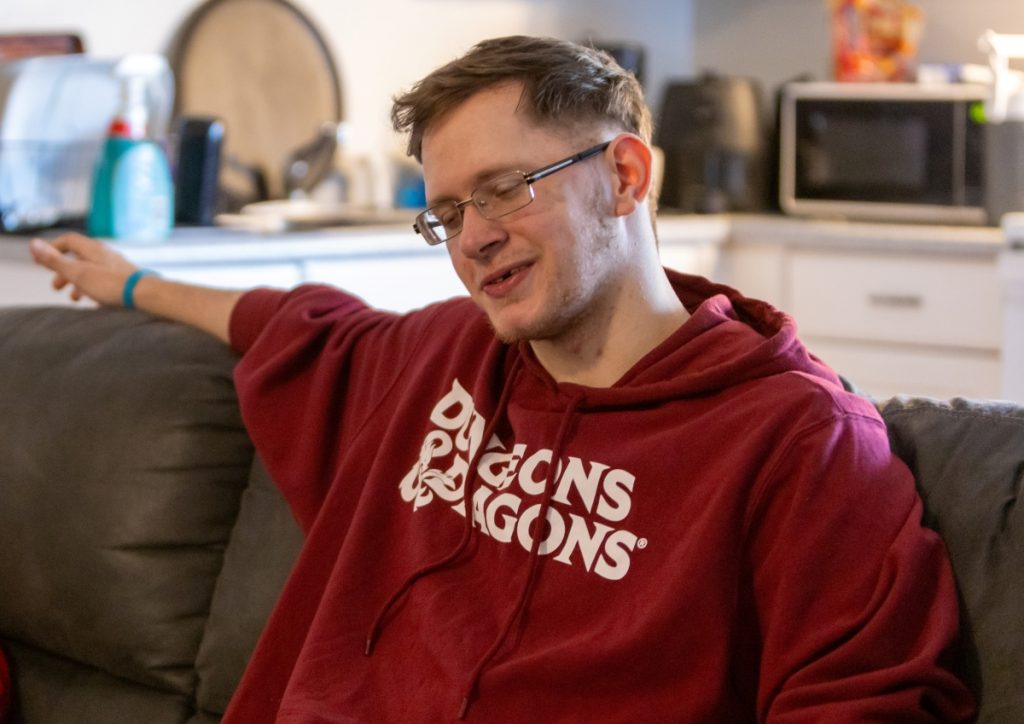
Asked what he meant by “splitting,” Goheen replied, “The ceiling, it had a big brown crack. You could see it. It was actually splitting. I felt like it was gonna fall in on me.”
The trailer had other problems too: broken heating (Goheen ended up buying space heaters), no hot water in the shower, a toilet that didn’t work. Goheen said he and his parents went to the grocery store to use the bathroom. Other residents of the trailer park stole things, which Goheen attributed to widespread drug use.
Nevertheless, Goheen and his parents had a place to live until the owners of the trailer park raised the rent to $425 a month. That was too much for him to pay. He and his parents were evicted this summer.
Goheen said his parents now live in a tent in the woods. Goheen, however, was able to go to Sojourners’ main campus, which is located in the middle of McArthur.
From that point on, his life changed dramatically.
“It’s going great, actually. I’m trying to save up my own money, start a savings account so I can start building my own money and credit score to work towards getting a car,” Goheen said.
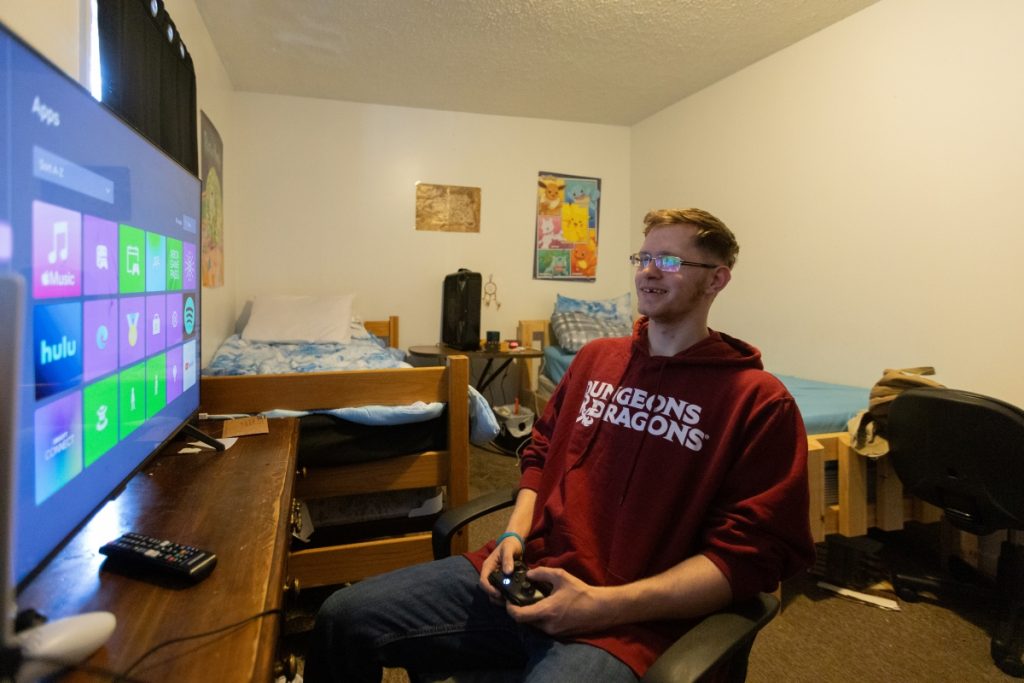
A helping hand
Sojourners runs life skills classes throughout the week to teach concepts like financial literacy, according to Kala Dodrill, who manages the McArthur shelter. There are also sessions for things like journaling, cooking and art therapy, as well as recreational activities like bowling and trips to Kings Island.
The goal is twofold: to prepare youth to live independently, and to let them know there’s someone who cares about them.
The mission is personal to Dodrill, who was herself homeless at various points in her adolescence. For a time, she and her child lived out of her car.
“It is very cold in the wintertime and it is very hot in the summertime,” Dodrill recalled of the experience. “Not a whole lot to occupy your time, so we would try to do things until you’re ready to go to sleep. But it’s also scary, because you don’t — I mean, anybody can break your windows. It’s terrifying, it’s stressful.”
Dodrill was still in school at the time.
“I was a high school student with a toddler, and I would take him to school with me. I was fortunate enough to have a teacher that, he understood my situation and he would help me out and let me get my work done while he occupied my baby,” Dodrill recalled.
For young people in situations like hers, Dodrill said, knowing someone wants to help can sometimes be life or death.
“If you feel like you don’t have anybody or anywhere to turn to, then you’re gonna shut down, you’re gonna give up. But if you feel like you have someone to help you or just listen, then it gives you a reason to fight,” Dodrill said.
For Goheen, Sojourners has meant space to start planning for his future. For the first time, he can imagine going out into the world and trying to make something of his life. He wants to become a chef and is hoping to go to culinary school — maybe even out of state.
“Places like San Francisco, they have astounding culinary schools,” he mused.

